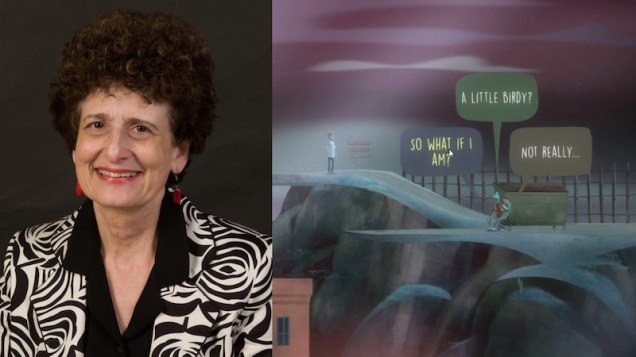
Ian here—
The first half of my “Frames, Claims, and Videogames” course is devoted to five major debates that have hovered around games over the past couple of decades. Some of these are legal, some have occurred in the art world, some have occurred in the sphere of popular discourse, and others are academic. For the first academic debate, I pitted Janet Murray‘s ideas about the storytelling potentials of new media agains the hard-core ludologists.
When prepping for this lesson, I found re-reading the ludologists in 2017 to be an unpleasant experience. Looking back at the early-2000s era writing of folks like Espen Aarseth and Markku Eskelinen, it’s pretty clear that they were the academic precursors of the game police. And not the snarky, tongue-in-cheek Game Police parody twitter account that arose in 2013. I mean the angry young men, who would later become Gamergate, but who already, in 2012–2013, were barking back at “corrupt” journalists praising games they didn’t see as games: games that told stories, rather than let you shoot things. These young men took it upon themselves to politicize the term game, to define its boundaries and beef up its border security. A “videogame” became a medium you couldn’t freely pass into until you showed your papers, and proved that everything was in order. The most vigilant among these enforcement agents, the Joe Arpaios of gamer culture, enjoyed a wide jurisdiction and acted at their own discretion, with great impunity. (Is it really any wonder that this burgeoning culture of alt-right gamer trolls would evolve into one of Donald Trump’s key blocks of support?)
As I said, it is tough re-reading, let alone teaching, the ludologists in 2017. As a consolation, though, it is a delight teaching Janet Murray. Time has proved her to be an exceptionally good predictor of the future, meaning that reading her twenty-year old Hamlet on the Holodeck is a surprisingly exciting experience.
Continue reading →









